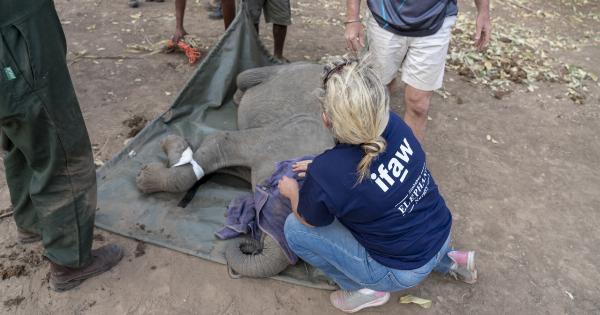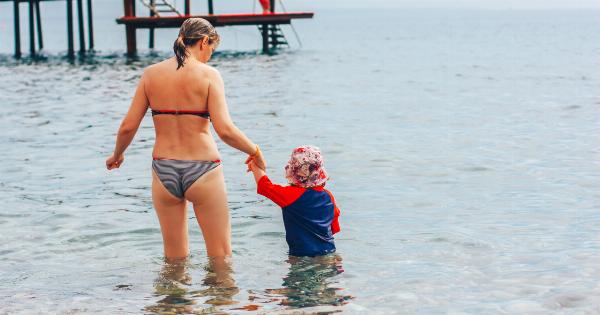Drowning is a serious issue that affects thousands of children every year. As a pediatrician, I have seen firsthand the devastating impact it can have on families.
In this article, I will discuss the importance of water safety and provide valuable advice to prevent your child from becoming a drowning statistic.
The Facts
Before we delve into preventive measures, it is crucial to understand the gravity of the problem. According to the Centers for Disease Control and Prevention (CDC), drowning is the leading cause of accidental death for children aged 1 to 4 years old.
In fact, every day, three children in the United States lose their lives to drowning. These statistics highlight the urgent need for parents and caregivers to take action to protect their children from this preventable tragedy.
Supervision is Key
One of the most effective ways to prevent drowning is through constant and active supervision. Never leave your child unattended near water, whether it’s a pool, bathtub, or even a bucket.
It takes just a few seconds for a child to slip under the water and drown. Designate a responsible adult to be the “water watcher” and ensure they are focused solely on supervising the children in or near water.
Teach Your Child to Swim
Enrolling your child in swimming lessons at an early age is one of the best investments you can make in their safety.
Research has shown that formal swimming lessons can significantly reduce the risk of drowning, especially for children aged 1 to 4 years old. However, it is important to note that swimming lessons alone do not guarantee water safety. Continuous supervision is still vital, even for proficient swimmers.
Secure Pool and Water Areas
If you have a pool or any other water feature at home, it is essential to install physical barriers to prevent unauthorized access. This includes sturdy pool fencing with self-closing and self-latching gates.
The fence should be at least four feet high and have vertical slats that are too close for a child to squeeze through. Use door and window alarms to alert you if your child tries to enter the pool area unsupervised.
Use Life Jackets
Whenever your child is in or around open water, such as lakes, rivers, or the ocean, make sure they wear a properly fitted Coast Guard-approved life jacket.
Even if your child knows how to swim, a life jacket provides an extra layer of protection, especially in unpredictable environments or during boating activities.
Learn CPR
Acquiring CPR (Cardiopulmonary Resuscitation) skills is crucial for all parents and caregivers. In the event of a drowning incident, immediate CPR can make a lifesaving difference before medical help arrives.
Many organizations offer CPR courses specifically tailored for parents, so take the time to learn this valuable skill.
Be Aware of Hazards
It is essential to be aware of potential water hazards within your surroundings. Empty buckets, bathtubs, and even inflatable pools can be dangerous for young children. Always store buckets and containers upside down and out of reach.
After use, empty and turn over outdoor containers that may collect water. Additionally, be cautious of ponds, fountains, and other water features when visiting unfamiliar places.
Be Prepared for Emergencies
Even with precautionary measures in place, accidents can still happen. Ensure that you have a phone nearby in case of emergencies and know the address and directions to the nearest hospital or emergency care facility.
Keep a first aid kit well-stocked and readily accessible. Being prepared can save precious time and potentially save your child’s life.
Education and Advocacy
Lastly, spread the word about water safety to other parents, friends, and family members. The more people who are educated and aware, the better we can collectively prevent drowning incidents.
Advocate for water safety programs in your community, and encourage pool owners to implement safety measures such as lifeguards and swimming lessons.
Conclusion
As a pediatrician, I cannot emphasize enough the importance of water safety in preventing childhood drownings.
By practicing constant supervision, enrolling your child in swimming lessons, securing pool areas, using life jackets, learning CPR, being aware of hazards, and being prepared for emergencies, you can significantly reduce the risk to your child. Let us work together to ensure that no child becomes a drowning statistic.































